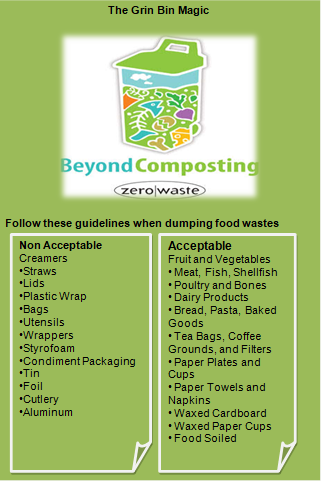Introduction
E-wastes have presented a serious challenge to the concerns on environmental sustainability. Unlike the organic wastes, e-wastes do not decompose and can remain in the same state for several decades after the end of their usefulness.
Thus, this reflective treatise attempts to explicitly present an e-waste management module for the school environment. The e-waste management focuses on the used computers, printers and other electronic office equipments for the school.
E-waste management strategies
Recycling
Recycling is one of the best ways of managing e-waste in the school. The school should purchase a container or a bin where used electronic equipments should be stored. The bins should have a tight seal to avoid the instances of bad gases escaping into the environment. Specifically, the school should roll out a comprehensive campaign on the need to dump the e-wastes in these bins.
The campaign can be in the form of posters, creation of a website, and partnership with the local environmental authority. When these bins are full, the school should then send them to recycling companies (Prashant 2008). This approach is likely to facilitate environmental conservation concerns of the school. At the same time, the school will make some money from the sales of the used computers to recycling plants.
Establishment of an environmental club
The school should establish an environment club or partner with an existing environmental club within the school to offer lesson on e-waste management. These lessons may be in the form of visiting the institutions that have succeeded in managing their e-wastes.
During such lessons, all the stakeholders of the school will embrace the e-waste management and properly dispose their used computers in the designated areas of e-waste collection. The environmental club may also be encouraged to organize an e-waste campaign and several events to increase the visibility of the school’s efforts towards managing and controlling the e-wastes (Prashant 2008).
Poster Preparation
When designing a waste management campaign poster, it is imperative to review the basics of environmental waste management such as the cost and sustainability elements. The first step involves separating the wastes into organic and non organic forms. After this step, it is critical to focus on the best practices and cost effective ways of managing these wastes at micro level.
In addition, the poster should appeal to the target persons. The poster presented below is designed to assist the facilities manager, of a multi-storey office building in Melbourne, who wants to enhance the types and quantities of materials diverted from a land field.
The design of the poster focuses on encouraging staff to deposit food into the organic recycling system (Wang and Tay 2002). The poster also suggest on the simple ways that the employees may use in recycling food in their homes.

Conclusion
Conclusively, e-waste management involves recycling and awareness campaigns. Waste management posters should be visible and easy to interpret as is the case with the Grin Bin Magic poster.
Reference List
Prashant, N 2008, Green Technology, Norwalk, Connecticut.
Wang, J., & Tay, H 2002, “A hybrid two-phase system for anaerobic digestion of food waste,” Water Science and Technology, vol. 45 no. 12, pp. 159–165.